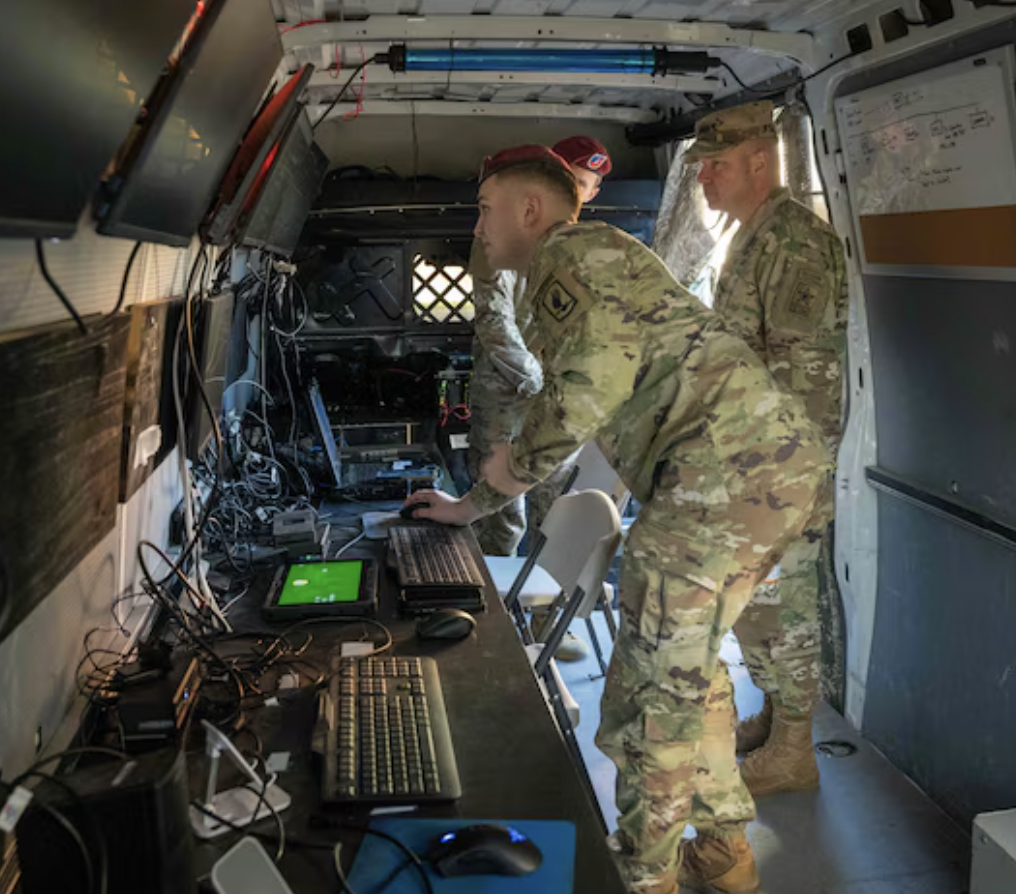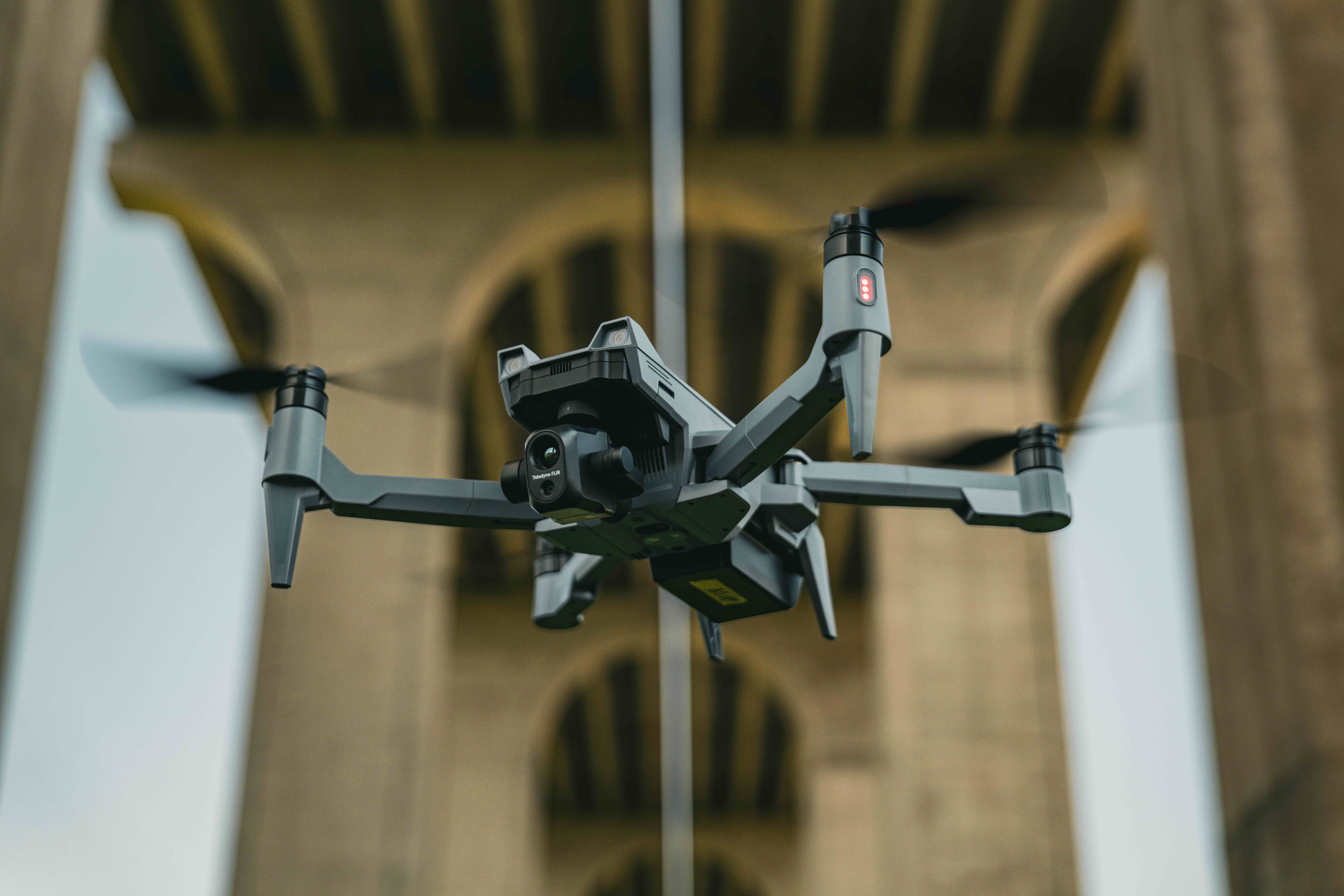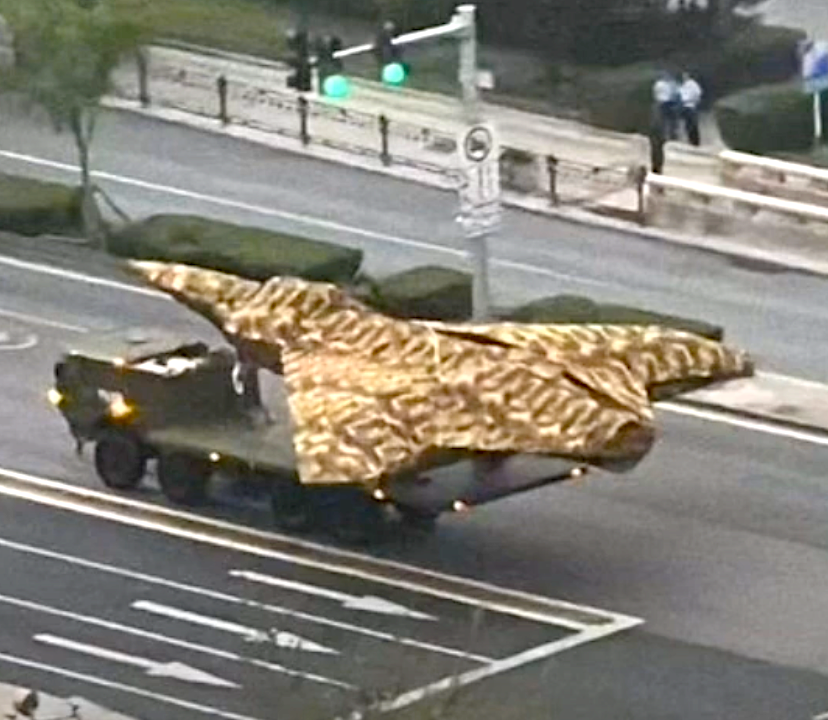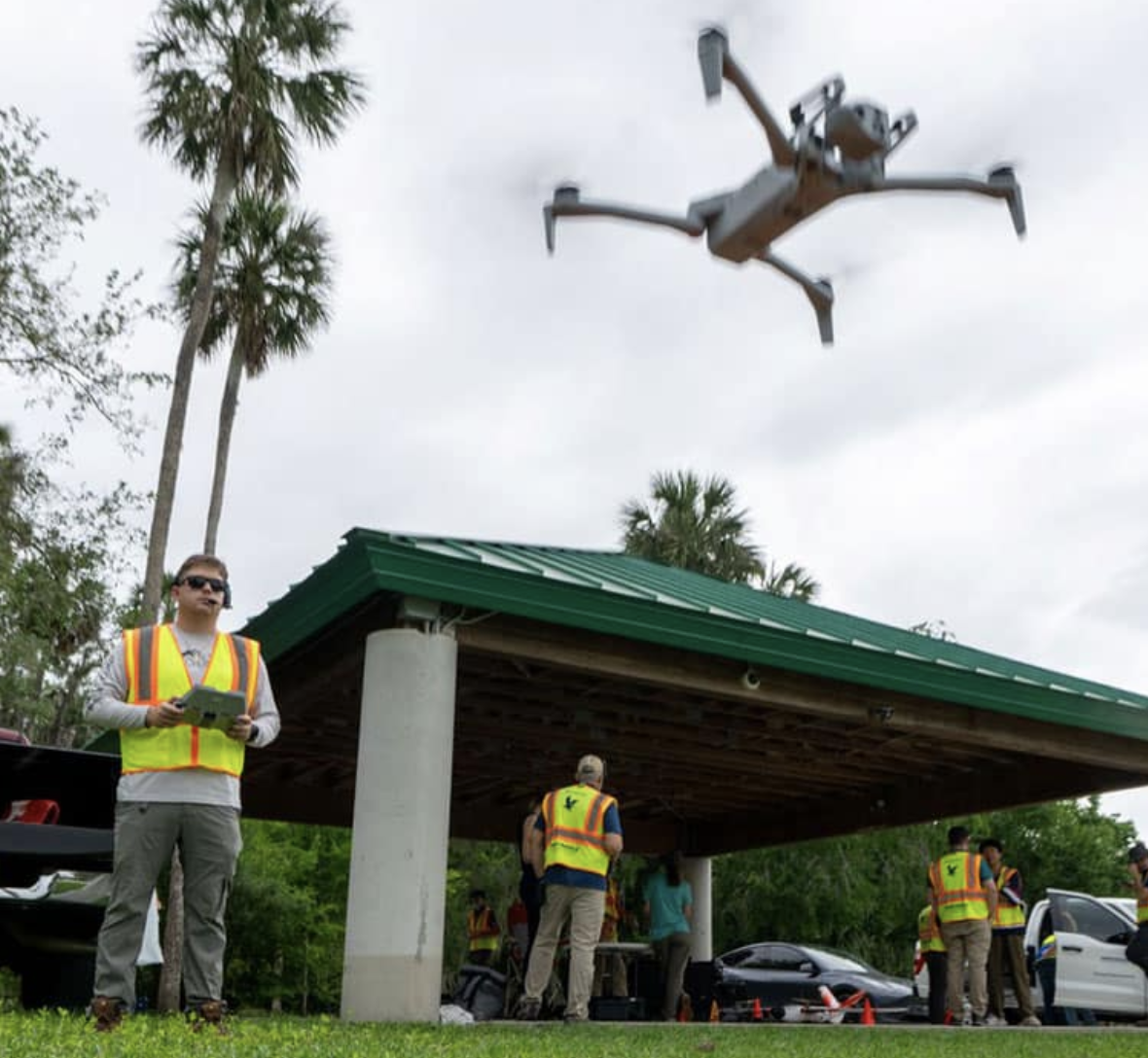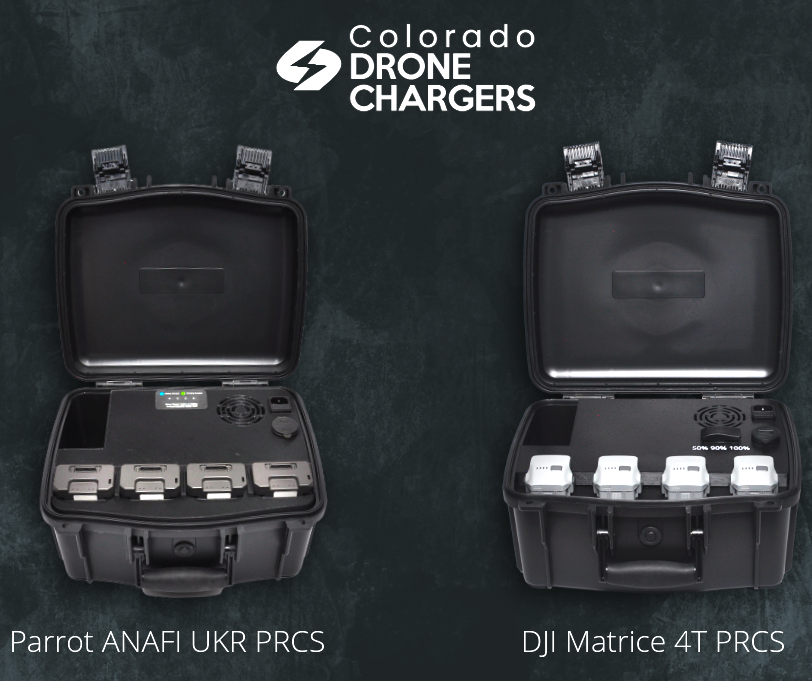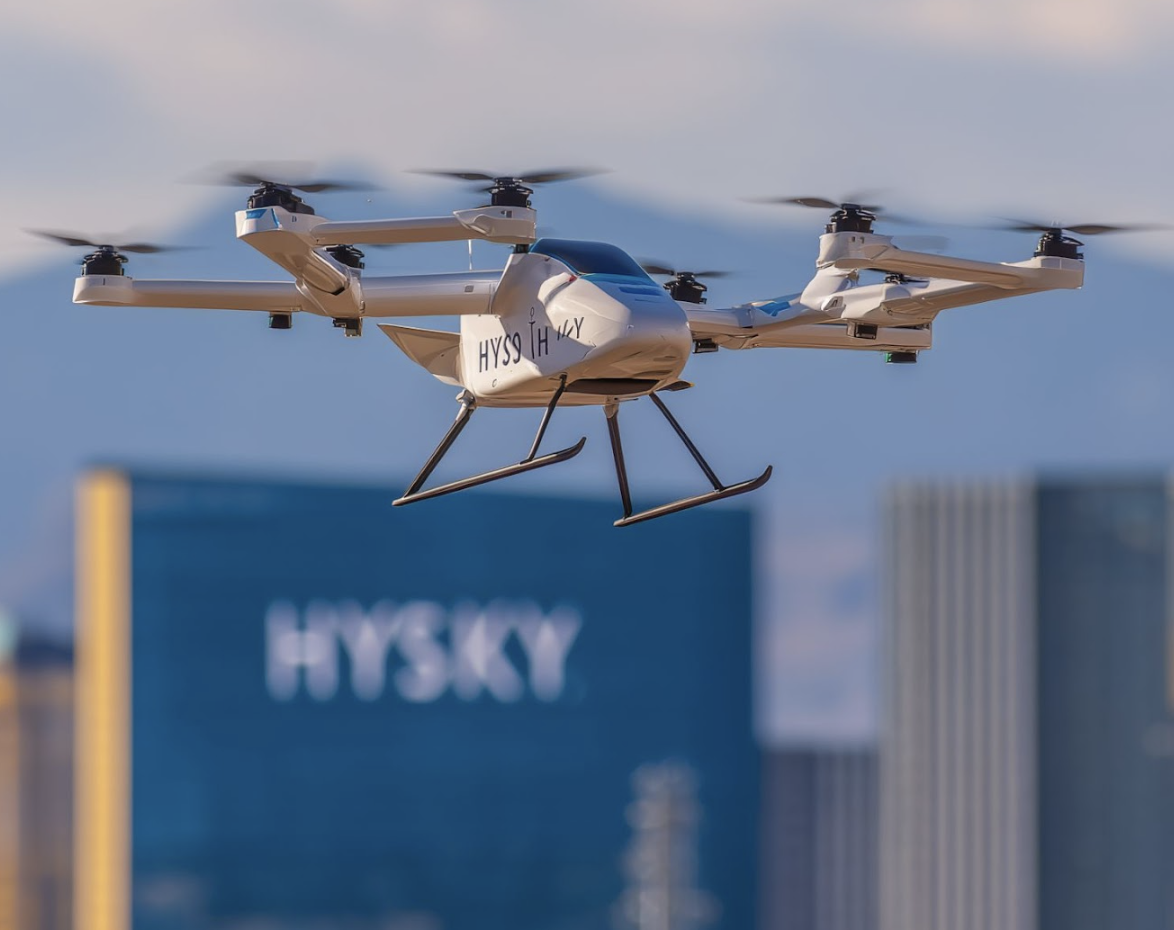Featured NewsTrending NewsHow is "Year of the Drone" Shaping Up for Investors?
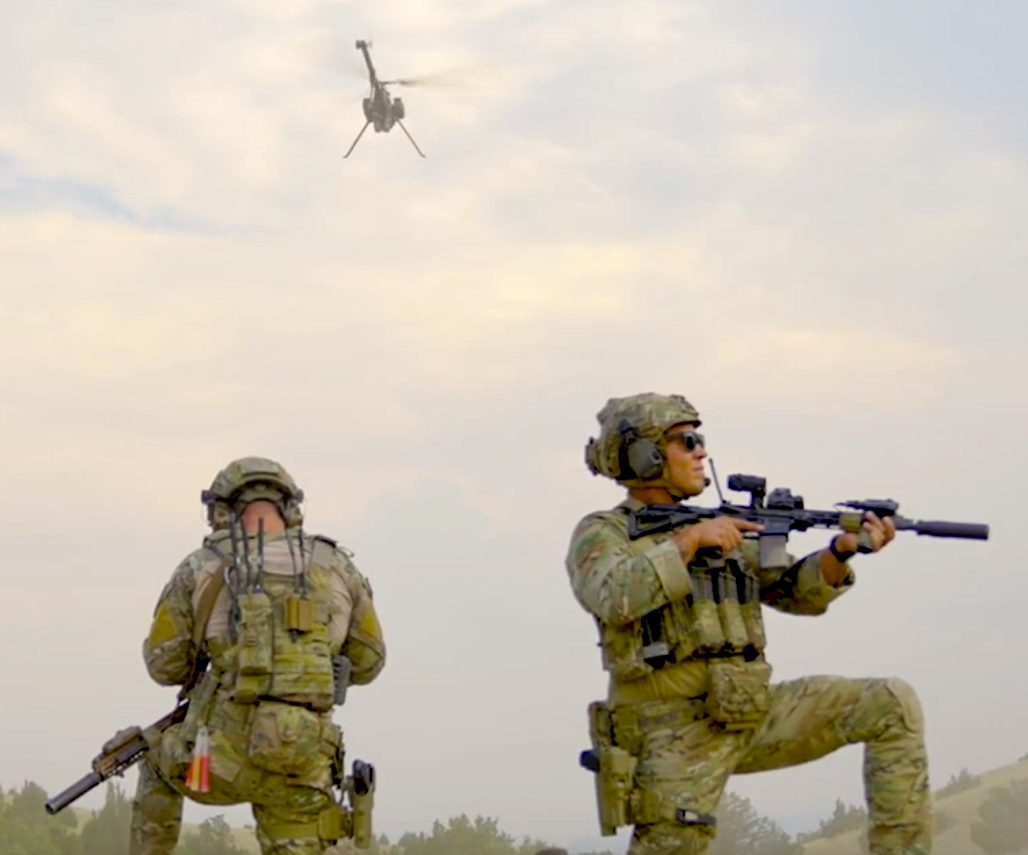
28 July 2025
Obviously, "usual suspect" drone tech firms such as AeroVironment and Kratos Defense and Technology will be looking to jump into the payday—if they can produce and deliver precisely what the Army's new drone strategy requires, and at the right price.
But while AeroVironment enjoyed a 50 percent stock surge since June 2025, the company's FPV drone, the Switchblade, can reportedly cost between $50,000 to $170,000 each.
It's even worse over at Kratos, as its XQ-58A Valkyrie drones can cost more than $4 million apiece.
Even up-and-coming drone companies, such as Palantir, which offers its Red Cat's Edge 130 drone at $43,000, are proposing cost factors in excess of what the Army appears to want to pay—especially as the brief is for small, expendable drones.
Is the smart money, so to speak, on companies like AeroVironment and Kratos?
It seems those manufacturers are already far behind the race to produce the type of drones Hegseth wants.
As a result, it appears to be anyone's game as to who the U.S. Army will rely upon to make its reliable and inexpensive FPV drone force.
Rather than reviewing historical contract awards, investors should probably look at drone companies who are already close to delivering what the U.S. Army is asking for.
